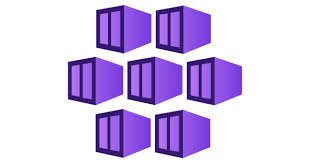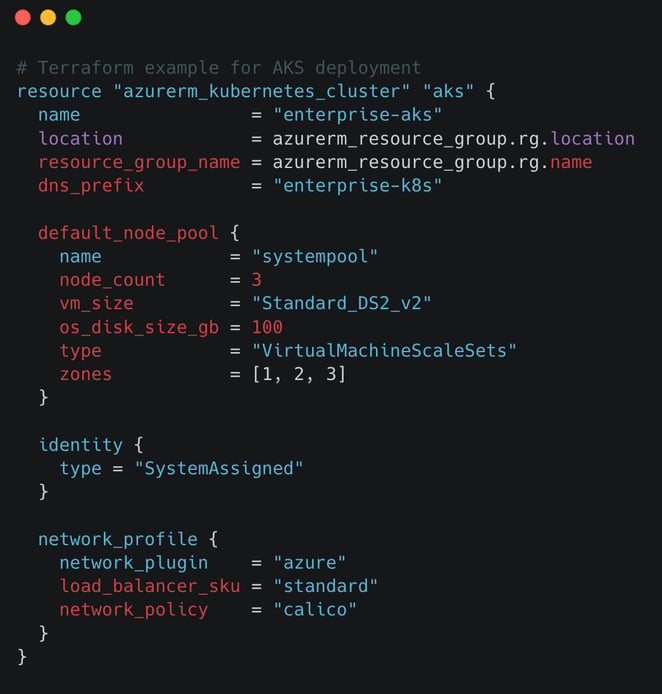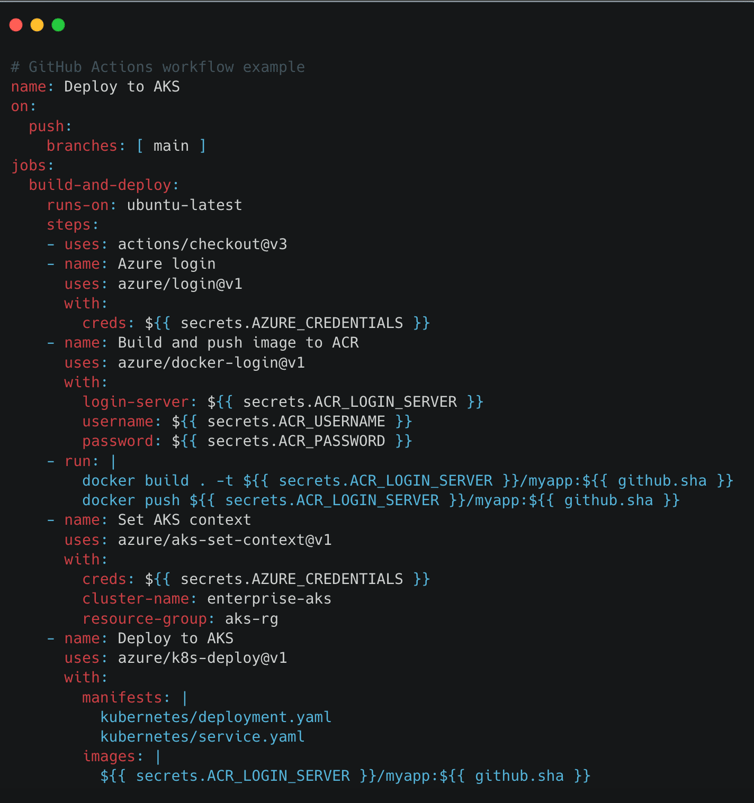Mastering Azure Kubernetes Service (AKS): Best Practices for Enterprise Deployments
AKS Best practices
Abiola Akinbade
12/27/20243 min read


Organizations now use Kubernetes to run containerized applications at scale. Azure Kubernetes Service (AKS) offers a managed platform to deploy and scale these applications with less work.
Setting up AKS for large companies brings challenges that need careful planning. This guide covers key strategies for successful AKS deployments in business settings.
Building a Strong Foundation
Use Infrastructure as Code
Start your AKS deployment with code-based infrastructure. Tools like Terraform or Azure Bicep help create consistent setups across all environments.
This approach lets you track changes, review code, and test before deployment. It helps prevent configuration drift and mistakes.
See this nice document that can help you deploy a base setup using terraform: https://learn.microsoft.com/en-us/azure/aks/learn/quick-kubernetes-deploy-terraform
Set Up Hub-Spoke Networks
For most companies, a hub-spoke network structure works best for AKS:
Hub network: Contains shared services like firewalls and gateways
Spoke networks: Houses AKS clusters with proper separation
Network peering: Links hub to spokes with controlled routing
This setup gives you central security controls while keeping workloads separate.
Review the hub and spoke architecture here:
https://learn.microsoft.com/en-us/azure/architecture/networking/architecture/hub-spoke
Use Private Clusters
Make your AKS clusters private to limit API server access to your network only. This cuts down exposure to the internet.
Plan for Multiple Regions
If you need high availability across regions, consider:
Setting up AKS clusters in multiple regions
Using Azure Front Door or Traffic Manager for global routing
Using geo-replicated storage for data consistency
Deploying with tools like Flux or ArgoCD across all clusters
https://learn.microsoft.com/en-us/azure/architecture/reference-architectures/containers/aks-multi-region/aks-multi-cluster
Security in Layers
Connect to Entra ID
Link AKS with Entra ID for better identity management. This gives you:
Single sign-on for cluster access
Group-based access control
Central identity management and audit logs
https://learn.microsoft.com/en-us/azure/aks/azure-ad-integration-cli
Secure the Network
Add multiple layers of network protection:
Network Security Groups to filter subnet traffic
Azure Firewall for outbound traffic control
Network Policy for pod-to-pod traffic rules
Service mesh for encryption and traffic control
https://learn.microsoft.com/en-us/azure/aks/concepts-security
Protect Containers
Make your container pipeline secure:
Scan images with Azure Container Registry and Defender for Cloud
Use Pod Security Standards to limit what pods can do
Add OPA Gatekeeper for policy enforcement
Store secrets in Azure Key Vault
Apply Policies
Use Azure Policy for AKS to enforce company standards https://learn.microsoft.com/en-us/azure/aks/use-azure-policy
Running AKS Better
Plan Your Node Pools
Use a smart approach to node pools:
System node pools: For system services with proper taints
Workload-specific pools: Group by:
Resource needs (memory, compute, GPU)
Compliance needs (PCI-DSS, HIPAA)
Update frequency needs
https://learn.microsoft.com/en-us/azure/aks/manage-node-pools
Create an Upgrade Plan
Make a strong process for cluster upgrades:
Set a monthly update schedule
Test upgrades in test environments first
Use blue/green deployment for critical workloads
Use node surge settings to reduce downtime
Monitor Everything
Set up complete monitoring with:
Azure Monitor for Containers for logs and metrics
Prometheus and Grafana for detailed metrics
Azure Log Analytics for central log storage
Jaeger or Application Insights for tracing
Create dashboards for:
Executives
Operations teams
Developers
Security teams
https://learn.microsoft.com/en-us/azure/azure-monitor/containers/monitor-kubernetes
Plan for Disasters
Set up backup and recovery:
Use Velero for cluster and app backup
Store all settings in Git repos
Spread workloads across regions
Test disaster recovery quarterly
Cut Costs
Right-Size Resources
Use these tools to match resources to needs:
Horizontal Pod Autoscaler to scale pods based on metrics
Cluster Autoscaler to add or remove nodes
KEDA for event-based scaling
Control Spending
Add cost controls:
Resource Quotas for namespace limits
Azure Cost Management with tags
Spot Instances for non-critical workloads
Reserved Instances for stable workloads
Connect to DevOps Tools
Set Up CI/CD Pipelines
Connect AKS with build and deploy pipelines:
Use Azure DevOps or GitHub Actions for automation
Set up GitOps with Flux or ArgoCD
Add canary or blue/green deployments
Add Service Mesh
For complex microservices, add a service mesh:
Azure Service Mesh Interface for Azure integration
Features include:
Canary deployments
Circuit breaking
TLS encryption
Traffic splitting
New Features to Try
Azure Arc
For hybrid setups, try Azure Arc for Kubernetes. This gives you the same policies and monitoring across on-premises and cloud. https://learn.microsoft.com/en-us/azure/azure-arc/kubernetes/overview
Event-Driven Design
Try event-driven patterns with:
KEDA for event-based scaling
Event Grid for events
Dapr for microservice development
Success with AKS needs attention to architecture, security, operations, and cost control. These practices help you build secure, scalable Kubernetes environments that deliver business value.
AKS keeps changing. Set up a team to track new features and keep your approach current to get the most from your Kubernetes investment.




